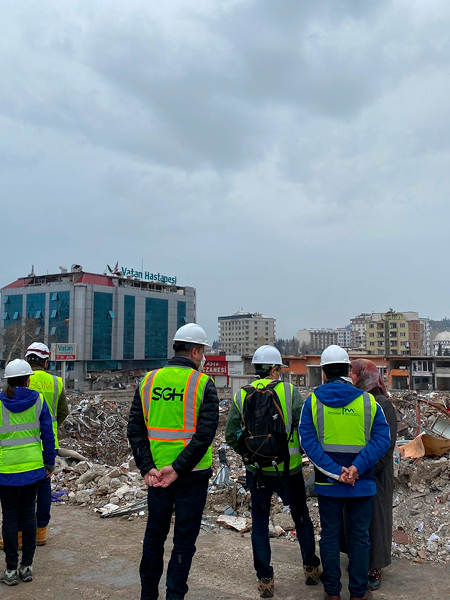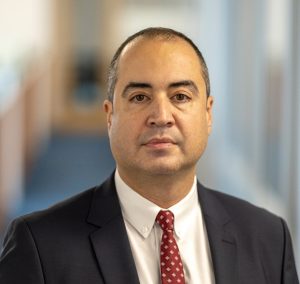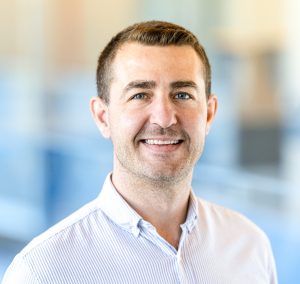Performance of Hospitals, Lifelines, and Marine Facilities During the 2023 Kahramanmaras Earthquake Sequence

The Kahramanmaraş, Türkiye, earthquake sequence of February 6, 2023, was one of the most devastating natural disasters of the century, with a fault surface rupture more than 400 km long. Peak ground accelerations exceeding 1.0g were recorded at multiple stations, half a dozen of which were located less than 1 km from the fault scar. In response, several organizations—including the Earthquake Engineering Research Institute (EERI), Electric Power Research Institute (EPRI), and ASCE Coasts, Oceans, Ports, and Rivers Institute (COPRI)—mobilized reconnaissance teams to observe and collect data on the performance of hospitals, lifelines, and marine structures. Several SGH team members joined these efforts to observe the performance of a wide range of structures, including hospitals, power plants, substations, hydro-dams, liquefied petroleum gas (LPG) terminals, water and wastewater treatment plants, ports, marinas, ferry terminals, and private container and bulk terminals with varying levels of damage.
In this webinar, we will present key learnings and observations from these reconnaissance trips. Our team members will share lessons learned on the seismic response of critical infrastructure to help utilities around the world prepare for and recover from future events. We will also discuss how reconnaissance teams examined structural and equipment damages and assessed the earthquake’s impact on operations at critical facilities.
LEARNING OBJECTIVES
After attending this webinar, participants will be able to:
- Understand how the 2023 Kahramanmaraş earthquake sequence affected the built environment and why this is important for the civil engineering community in the U.S. and worldwide.
- Identify potential seismic vulnerabilities for hospitals, lifelines, and marine facilities.
- Recognize the role of earthquake engineers in evaluating the expected seismic performance of structures and equipment at critical facilities.
- Discuss the common issues affecting the performance of structures and equipment subject to strong ground motion.
Participants will earn 1.5 AIA CES Learning Unit (LU/HSW) for attending the live webinar. Registration is free. Please note that space is limited – email events@sgh.com to join our waitlist if the session is closed when you register.


